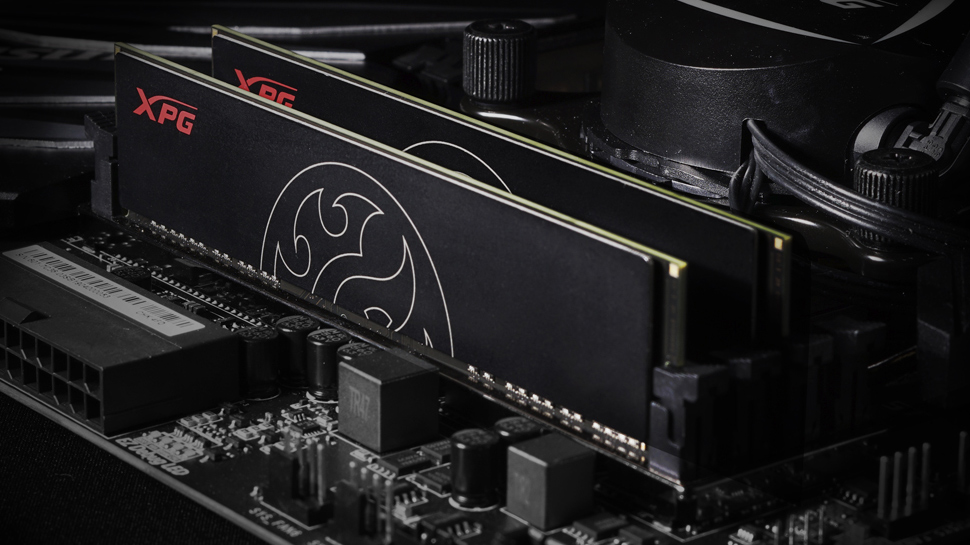Adata has teamed up with Gigabyte and MSI to ensure that its upcoming DDR5 memory modules will be able to hit an 8400 MT/s data transfer rate on Intel’s next-gen Alder Lake platform.
The DDR5 memory promises a rather massive performance increase compared to DDR4 due to a tangible increase in data transfer rates as well as efficiency improvements. When the DDR5 specification was published in mid-2020, it was expected that the first desktop memory modules based on the new standard would hit DDR4-4800 or DDR5-5200 data rates, whereas eventually the standard will reach up to DDR5-8400. As it turns out, even the first-generation DDR5 platforms will be able to hit an 8400 MT/s data transfer rate.
Adata on Wednesday said that it was testing its 64GB DDR5-8400 memory modules on the ‘latest Intel platforms’ for consumers, which probably means Intel’s upcoming Alder Lake processors with up to eight high-performance Golden Cove cores and eight energy-efficient Grace Mont cores. The motherboards that Adata uses right now are from Gigabyte and MSI.
DDR5 memory supports several technologies to enable high data rates, long-term I/O scalability, and real-world efficiency, including on-die single error correction (SEC) ECC, DFE (decision feedback equalizer) to eliminate reflective noise at high frequencies, improved training modes, on-die termination, and two independent 32/40-bit I/O channels (non-ECC/ECC) per module. Micron once estimated that DDR5 memory would be 28% ~ 36% more efficient than DDR4 at the same I/O speeds.
Intel’s 12th Generation Core ‘Alder Lake’ processors based on the next-gen Golden Cove microarchitecture promise further instructions per cycle (IPC) performance gains compared to Willow Cove and Cypress Cove microarchitectures. Using DDR5-8400 modules with such CPUs will further increase their real-world performance thanks to a higher peak bandwidth and improved efficiency, giving them a competitive edge over DDR4-based platforms.
Hitting DDR5-8400 using the first-generation DDR5 platform and memory modules is an impressive achievement. Given all the advantages that DDR5 already has on an architectural level, it remains to be seen how significantly real-world data rates can be improved with the evolution of memory controllers, platform designs, and memory module designs.
